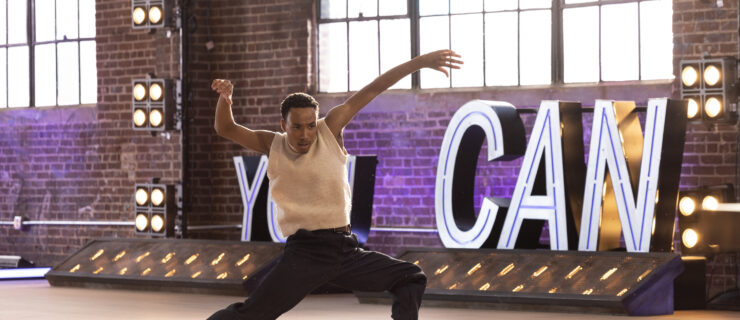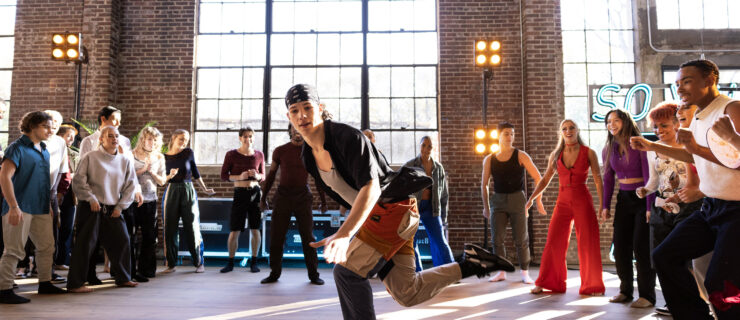Dance in the Ivies
Deciding where to go to college can be tough for a brainy ballerina who wants a top-notch academic experience in addition to dance training. But if you have your sights set on an Ivy League school, rest assured that pursuing your academic passions doesn’t mean sacrificing your love of dance.
A Fresh Focus on Dance
During the last 10 years, the Ivies, with their vast resources and passionate students, have really started to invest in dance by growing their existing programs and attracting new students. “Our momentum is reflected in student interest—and enrollment has continued to escalate,” says Emily Coates, a lecturer in theater studies at Yale University and the director of Yale’s dance curriculum. “There’s great enthusiasm for dance on campus.”
Thanks to the hard work of faculty, staff and students, there are more options for Ivy League dancers than ever before—and the Ivy reputation certainly doesn’t hurt when it comes to securing opportunities. Harvard University alone has hosted workshops taught by high-profile choreographers like Aszure Barton, Peter Chu and Kyle Abraham, to name just a few.
Jill Johnson (left) teaching at Harvard University (photo by Stephanie Mitchell)
“Interdisciplinary” Is the Word
Ivy League dance programs thrive on cooperation because they already boast strong departments in other academic areas. “There’s a focus on collaboration and creation of new work in our program,” says Jill Johnson, senior lecturer and director of dance at Harvard. Coates cites partnerships with the Yale School of Art, the physics department and the directing program at the School of Drama as examples of connections that can be made across disciplines.
Though Yale doesn’t offer a dance major, Coates feels there are benefits that arise from the program existing outside of a traditional department. “Yale was a late adopter,” she says, “but we were able to leap over the normal model of dancers at a university.” The mix of dance and non-dance perspectives in theory classes benefits everyone. (But when it comes to technique, Coates says, the studio-based classes don’t skimp.)
Student-Run Companies
The Ivies are also known for their driven student bodies, resulting in many student dance groups to choose from. “I feel more educated about dance now,” says Alexandra Loh, the publicity chair of Princeton University’s student-run diSiac Dance Company. “Dancing doesn’t have to end if you choose to attend a liberal arts school.” Audrey Crabtree-Hannigan, the artistic director of the student-run Columbia Ballet Collaborative, agrees. “We’re working to prove that dance doesn’t have to remain isolated from a rigorous academic education,” she says.
Both companies allow members to cultivate their own interests—from arts administration to production to teaching—and they strive to bring in top-level choreographers. Loh and Crabtree-Hannigan are proud of the diverse stylistic backgrounds and academic interests of their company members. “The life skills I’ve gained from my student dance company,” Loh says, “are invaluable.”



